Optimal Seasons for Foundation Repairs
Foundation repairs are most effective when performed during specific seasons that facilitate optimal curing and stabilization. Timing depends on weather conditions, soil type, and the severity of the foundation issues. Proper scheduling ensures longer-lasting results and minimizes potential complications.
Spring offers moderate temperatures and stable soil conditions, making it suitable for foundation work. Avoid early spring if soil is still frozen or excessively wet.
Summer provides warm, dry weather ideal for many foundation repair methods. However, extreme heat can cause soil to dry out and shift, so timing within summer is important.
Fall is often considered optimal for foundation repairs due to cooler temperatures and less rainfall, which help in curing and settling processes.
Winter repairs are generally discouraged due to frozen ground and potential for snow or ice, which can hinder work and affect materials.
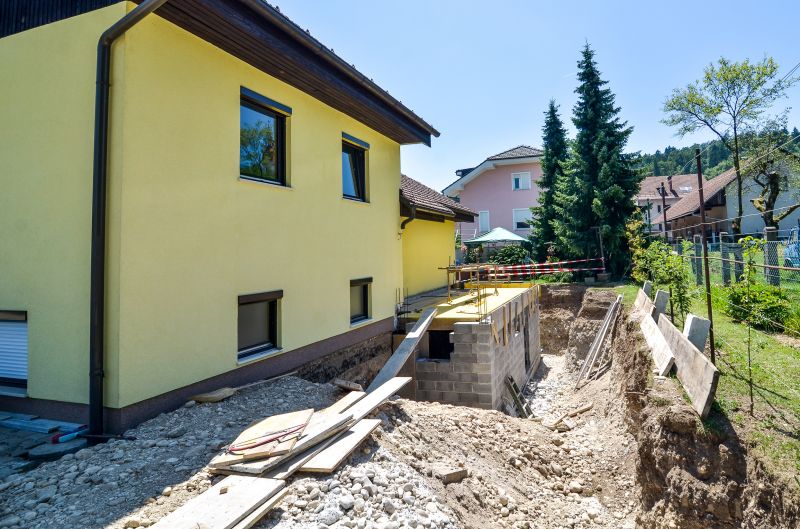
Ways to make Foundation Repairs work in tight or awkward layouts.
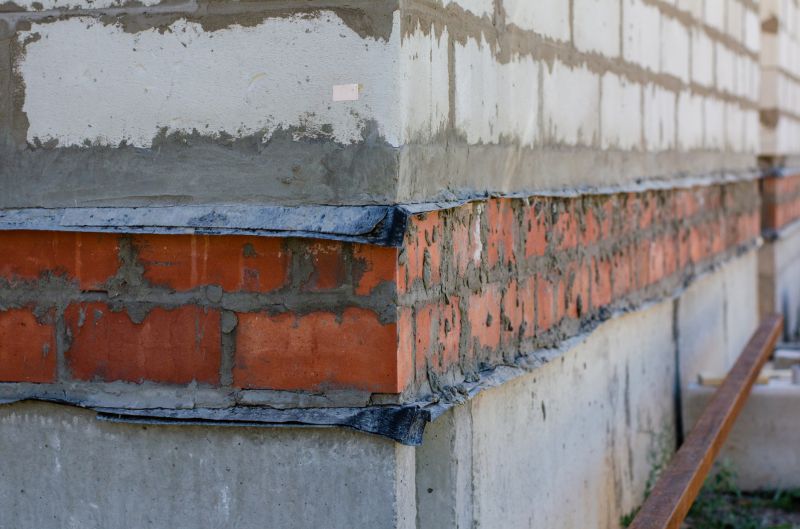
Popular materials for Foundation Repairs and why they hold up over time.
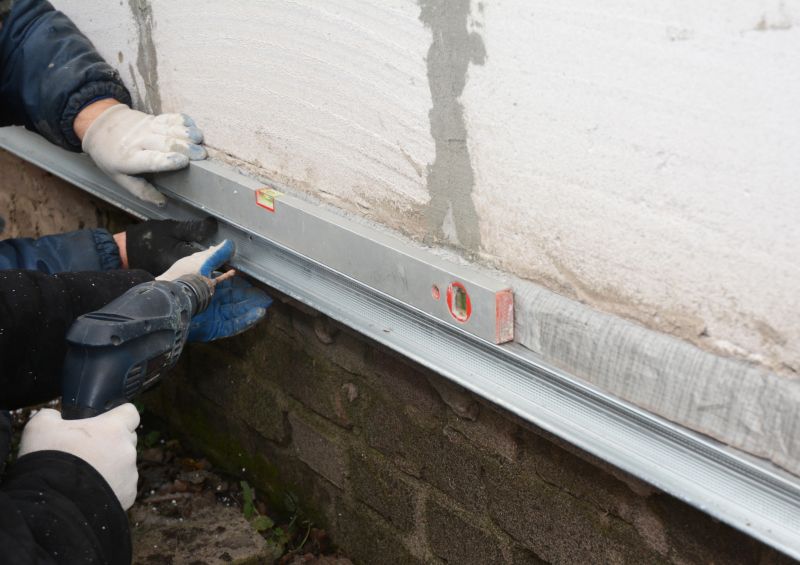
Simple add-ons that improve Foundation Repairs without blowing the budget.
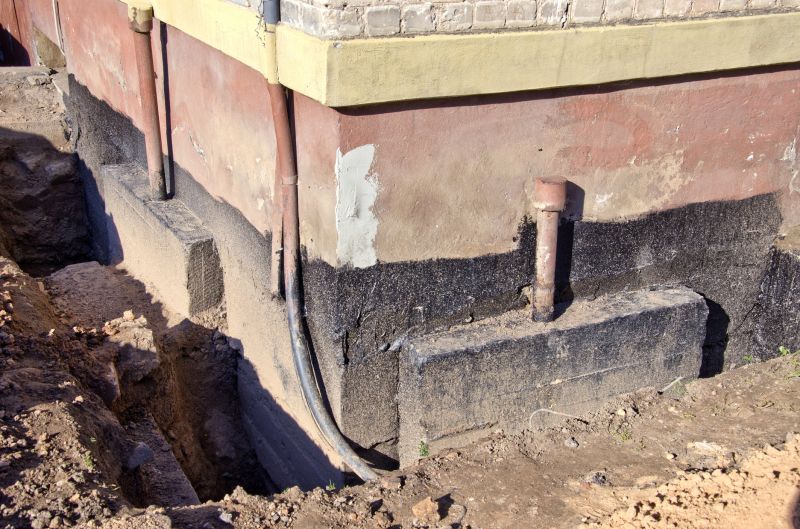
High-end options that actually feel worth it for Foundation Repairs.
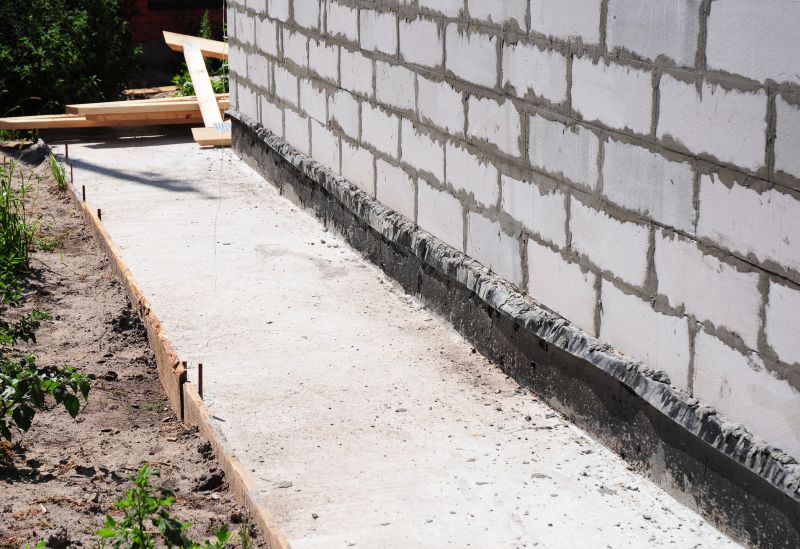
Finishes and colors that play nicely with Foundation Repairs.
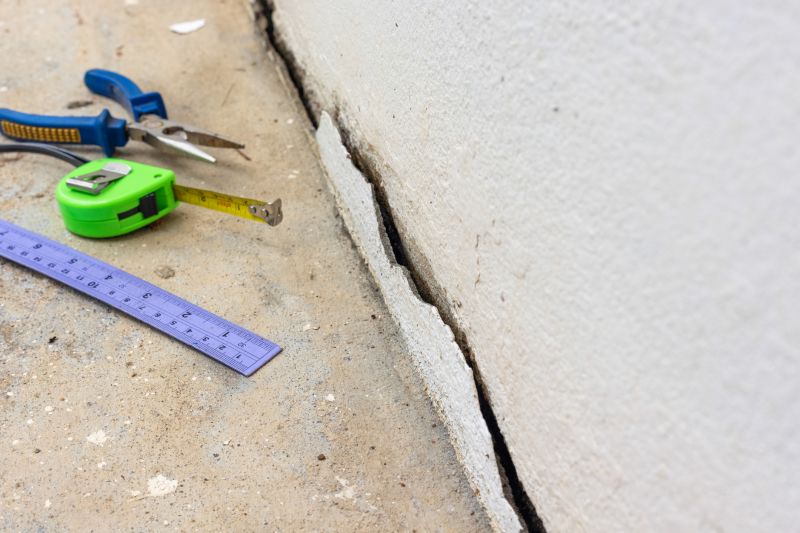
Little measurements that prevent headaches on Foundation Repairs day.
Foundation repairs involve addressing issues such as settling, cracking, and shifting that compromise structural integrity. These repairs may include underpinning, piering, or stabilization techniques. Proper timing enhances the effectiveness of these methods, reducing the likelihood of future problems.
Soil moisture levels significantly influence foundation stability. Repairs during periods of soil expansion or contraction can be more challenging and less durable.
Extreme weather conditions can delay or complicate foundation work. Scheduling during mild, predictable weather supports better outcomes.
Timely repairs help prevent further deterioration, saving costs and maintaining property value over time.
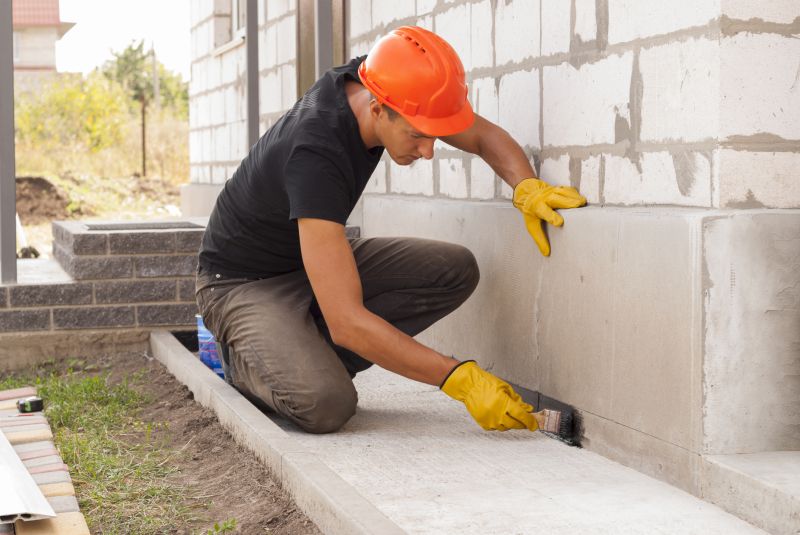
A 60-second routine that keeps Foundation Repairs looking new.
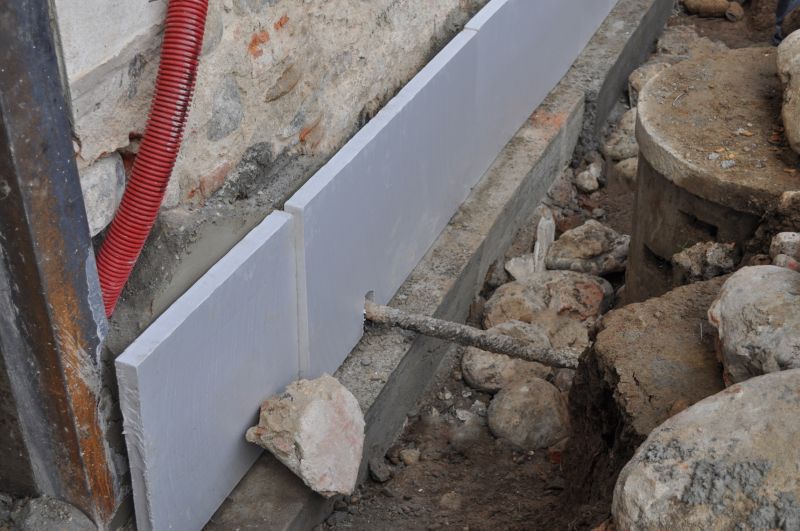
A frequent mistake in Foundation Repairs and how to dodge it.
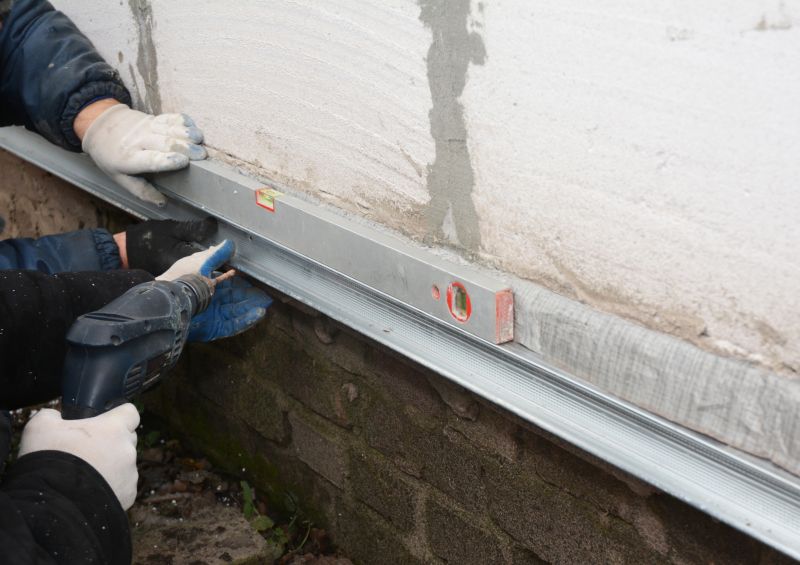
Small tweaks to make Foundation Repairs safer and easier to use.
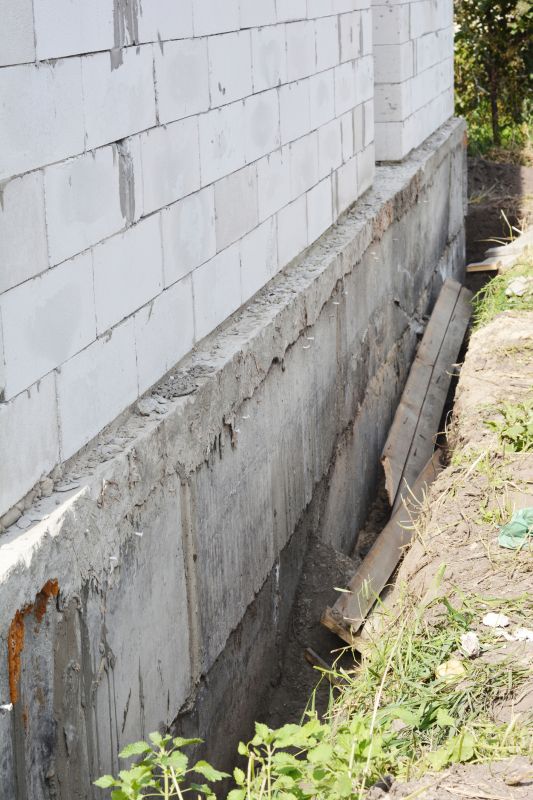
Lower-waste or water-saving choices for Foundation Repairs.

The short, realistic tool list for quality Foundation Repairs.
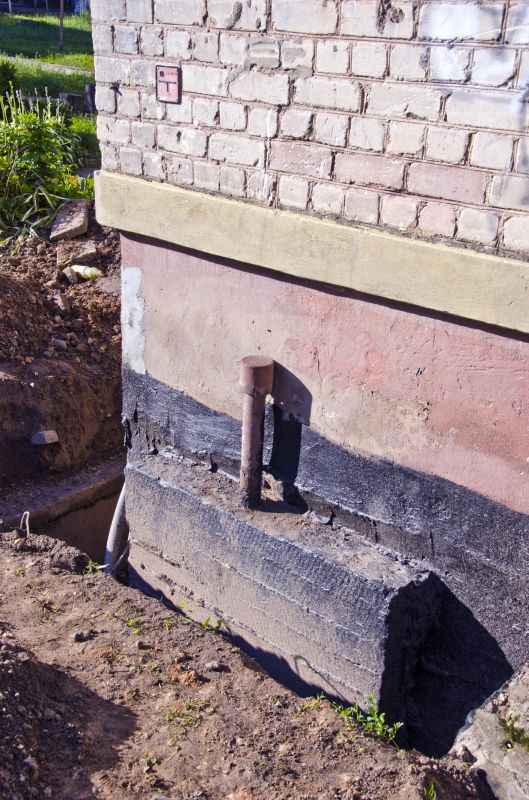
Rough timing from prep to clean-up for Foundation Repairs.
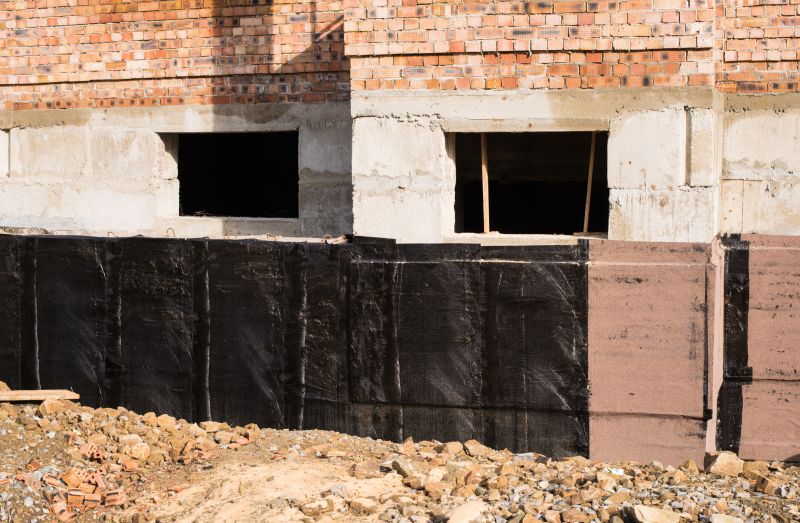
Quick checks and paperwork to keep after Foundation Repairs.
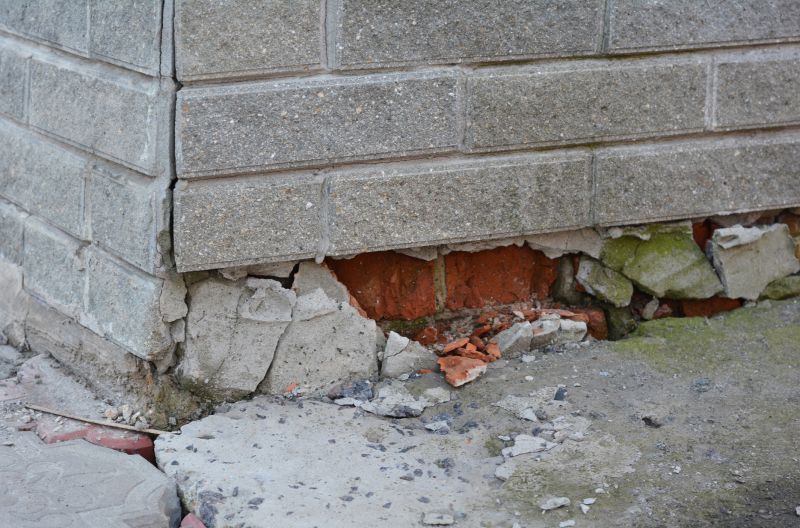
Examples that show the impact a good Foundation Repairs can make.
| Season | Recommended Timing |
|---|---|
| Spring | Ideal for moderate weather and soil conditions. |
| Summer | Suitable during cooler months within summer; avoid peak heat. |
| Fall | Optimal due to cooler temperatures and less precipitation. |
| Winter | Generally discouraged due to frozen ground and weather hazards. |
Understanding the best timing for foundation repairs can help ensure durable and effective results. Proper assessment of local climate, soil conditions, and the severity of foundation issues is essential for scheduling repairs at the most advantageous time.
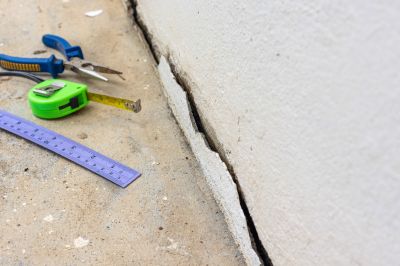
Ways to make Foundation Repairs work in tight or awkward layouts.
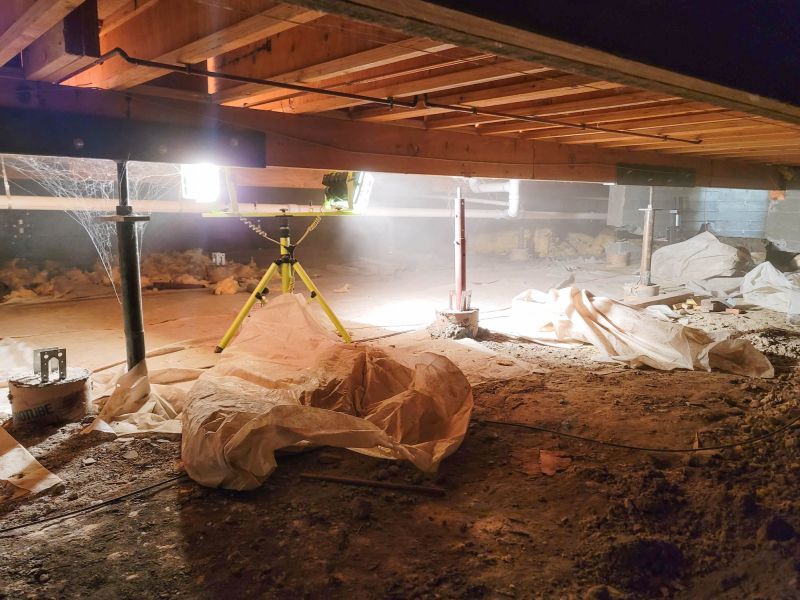
Ways to make Foundation Repairs work in tight or awkward layouts.
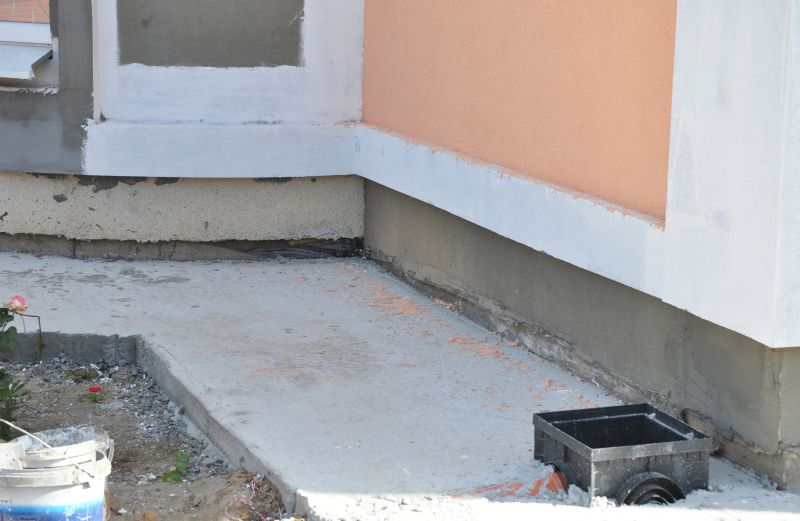
Ways to make Foundation Repairs work in tight or awkward layouts.
Interested in foundation repairs? Filling out the contact form can provide more information and help schedule an assessment to determine the best timing for specific needs.




